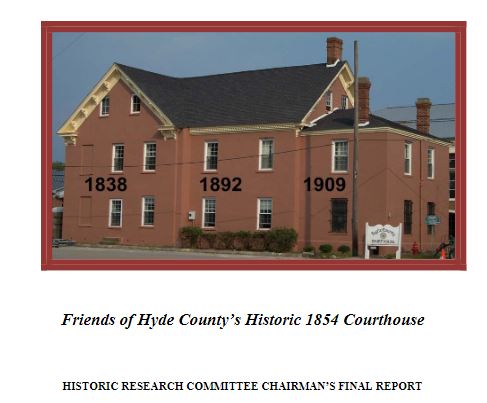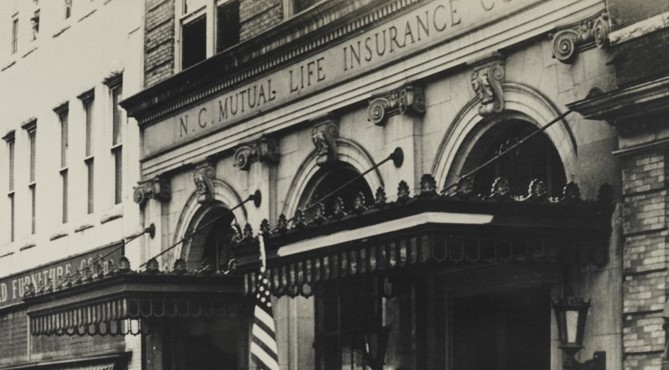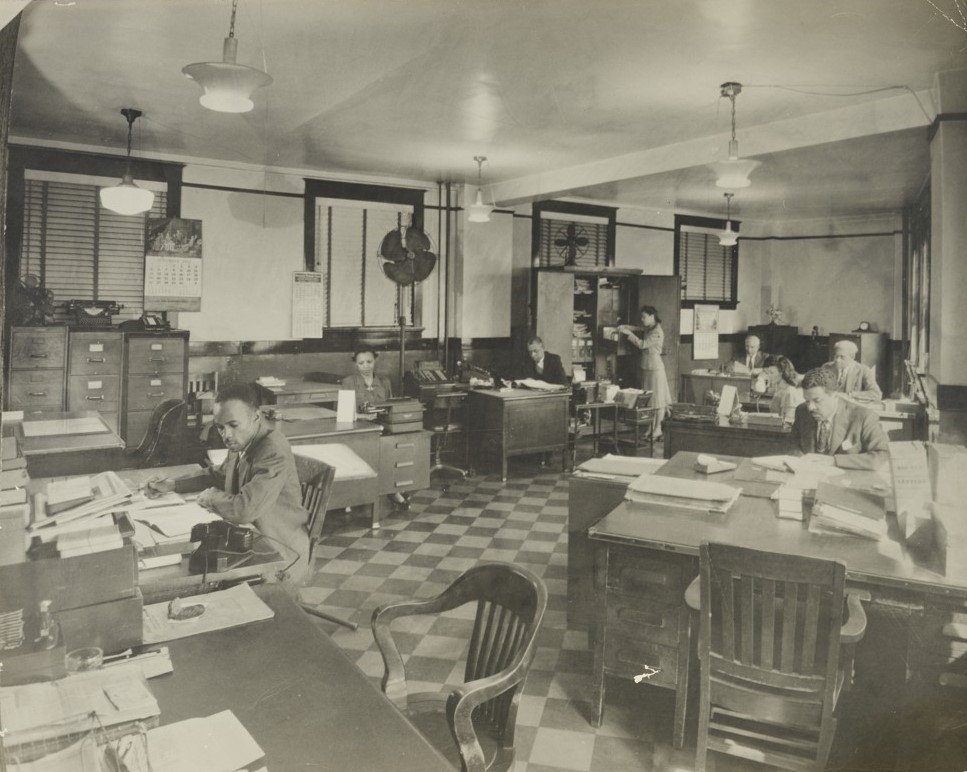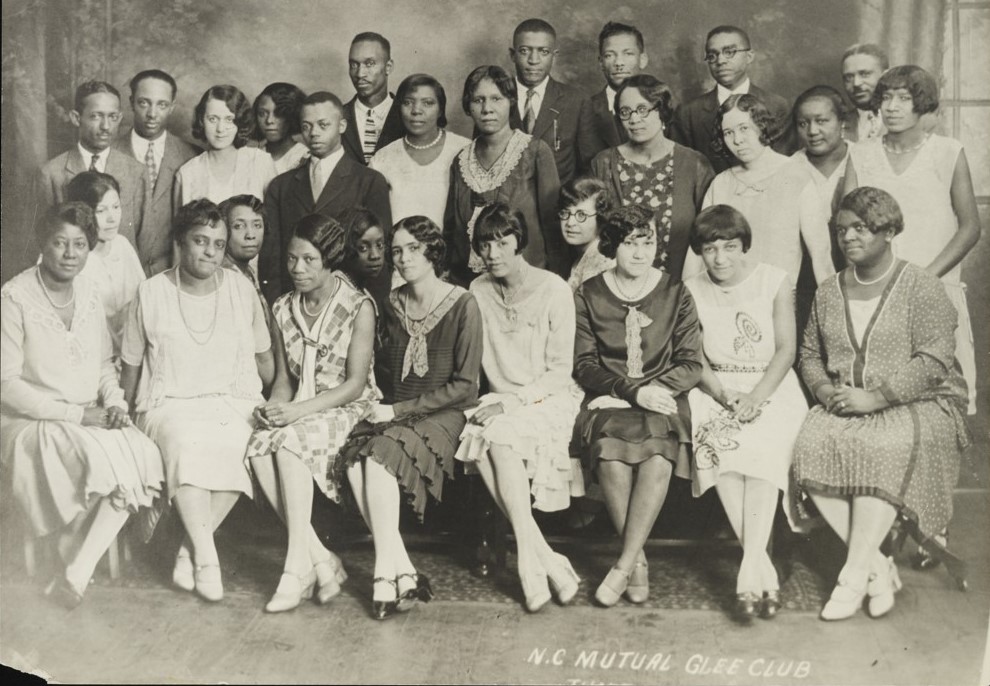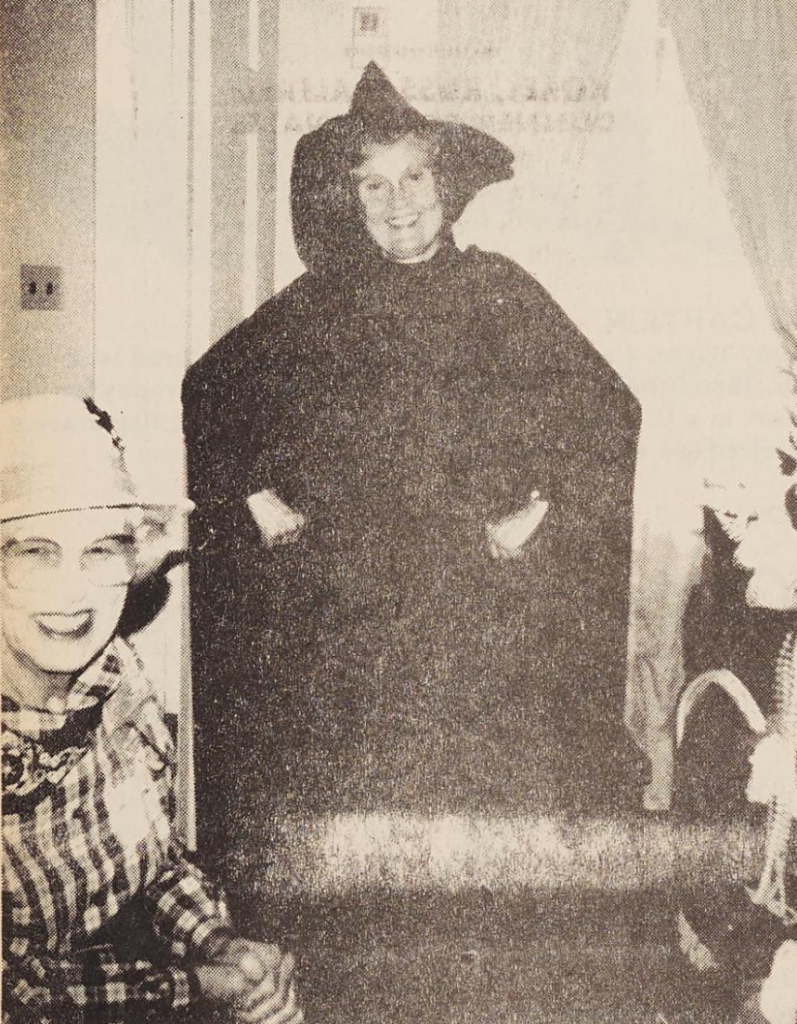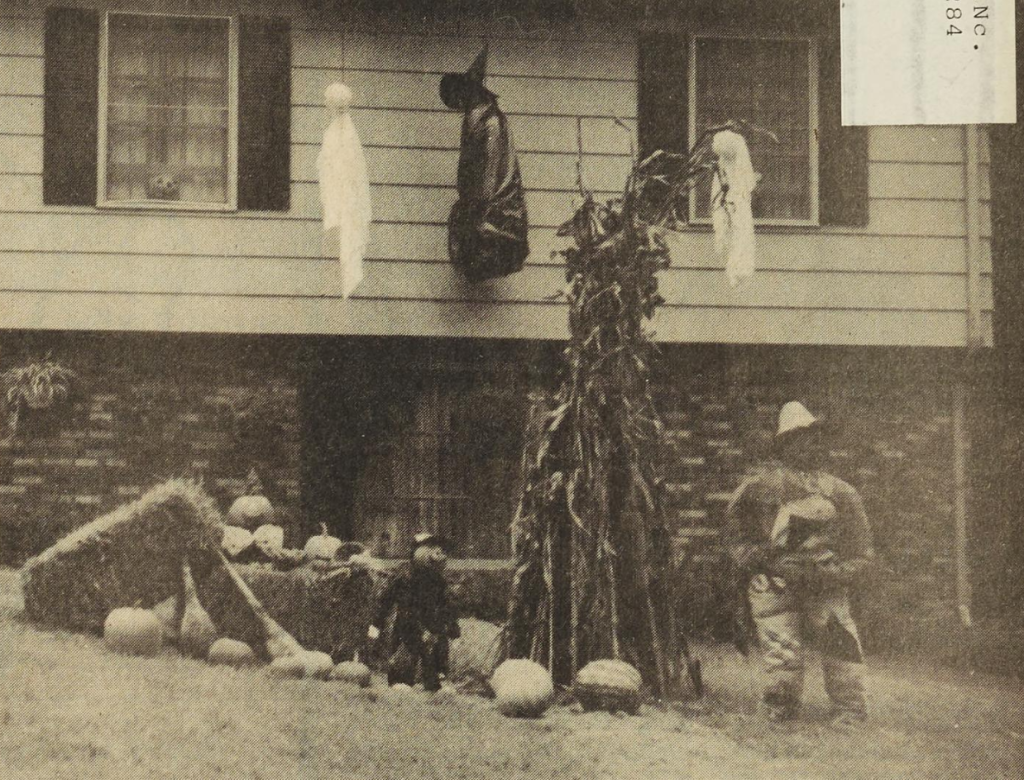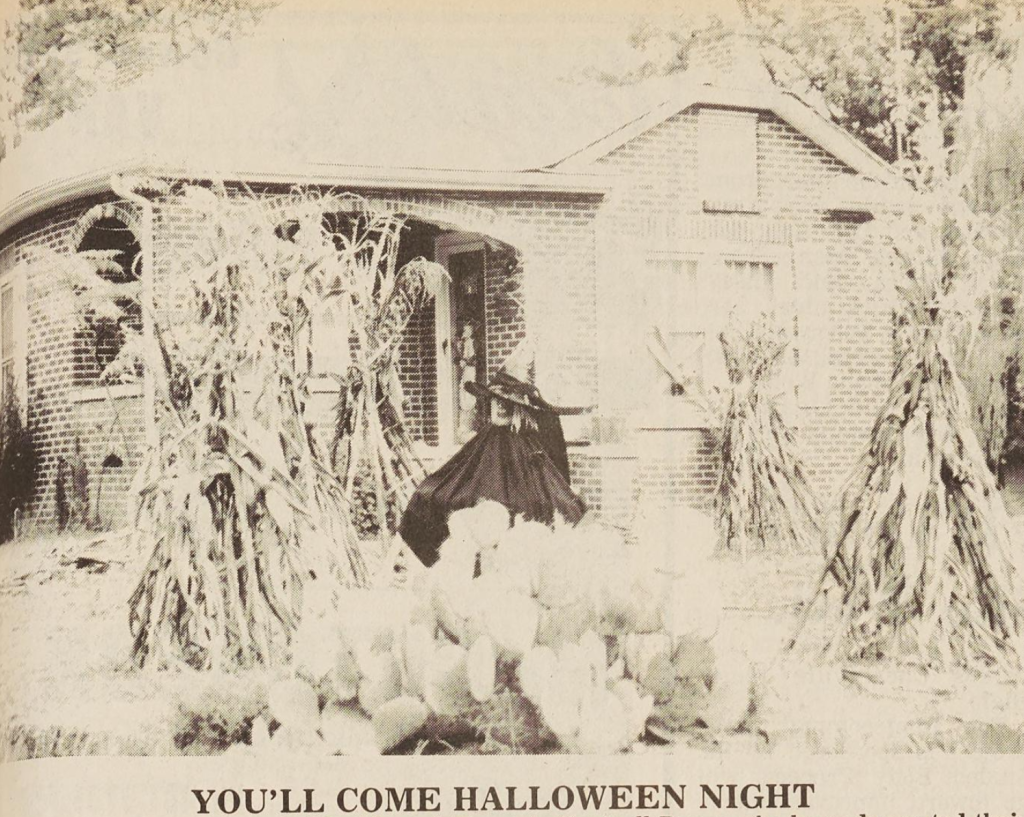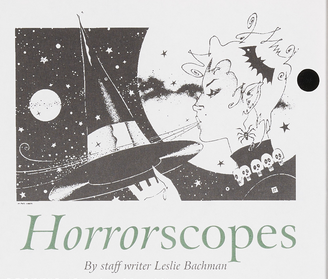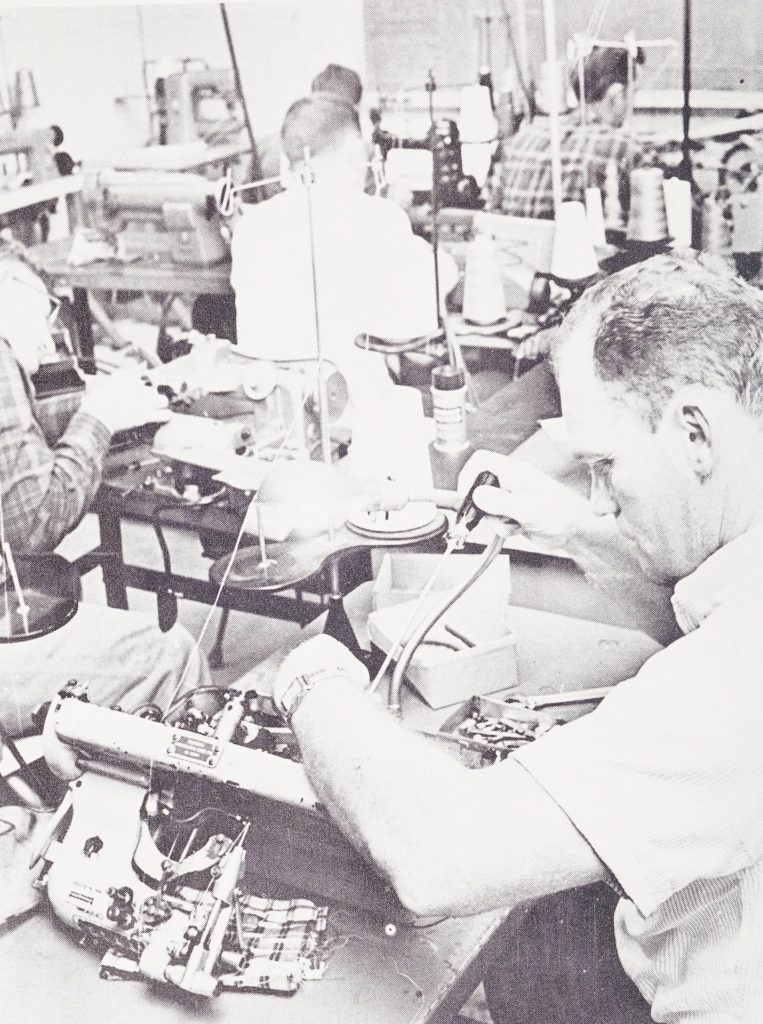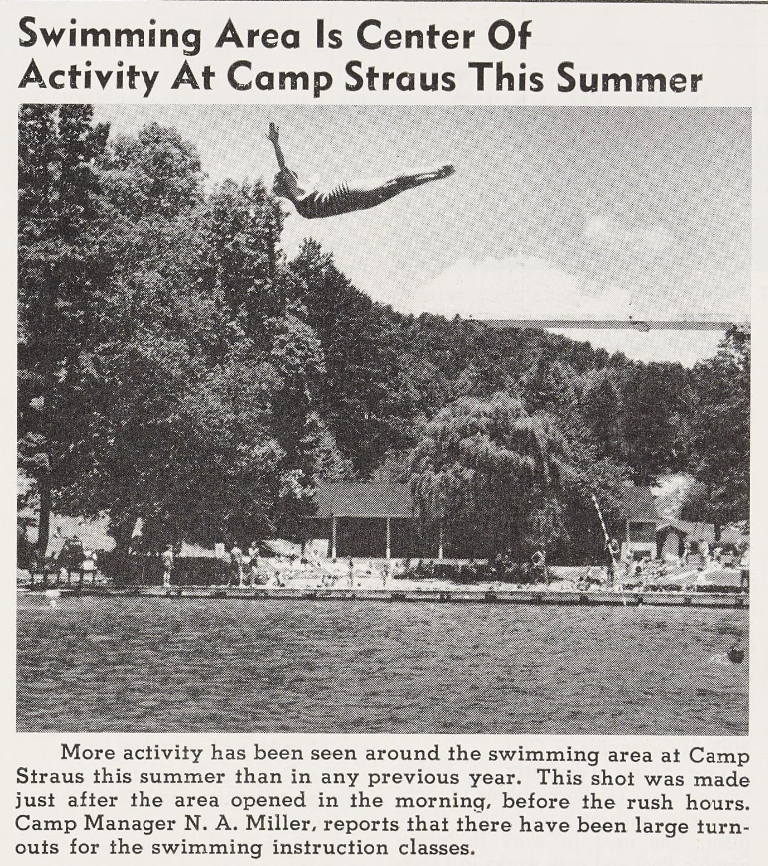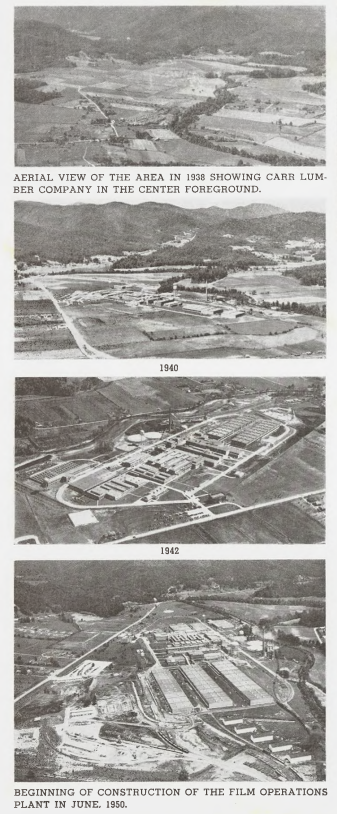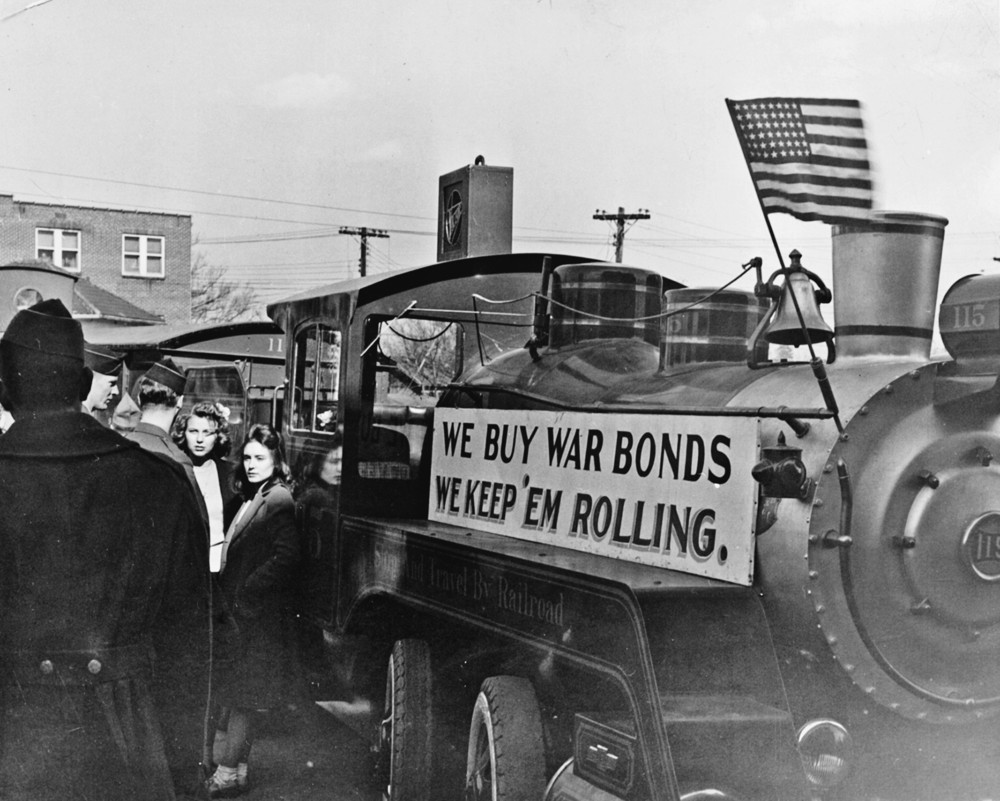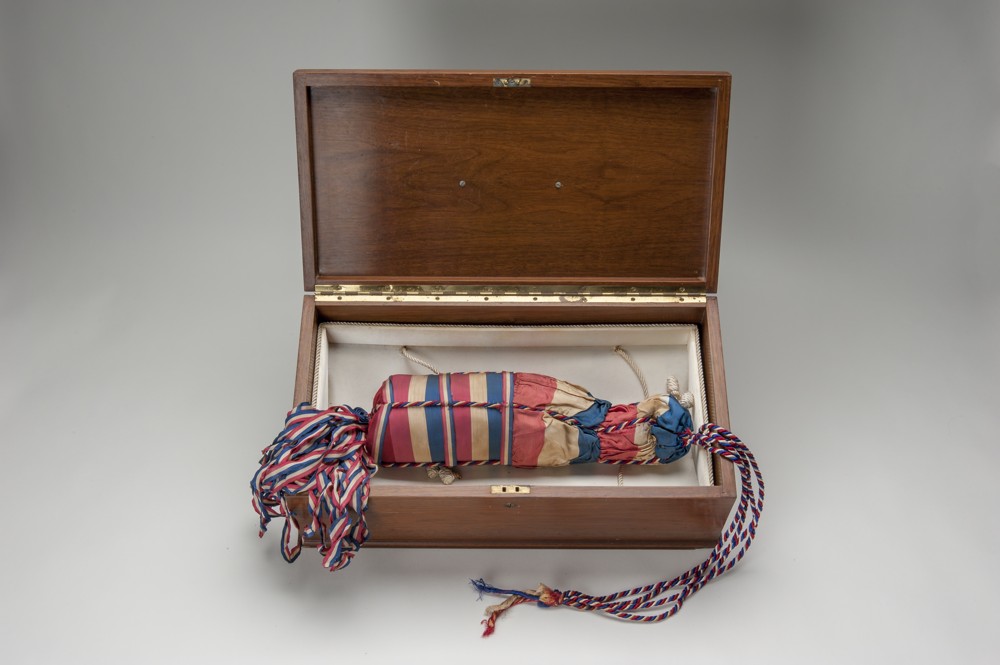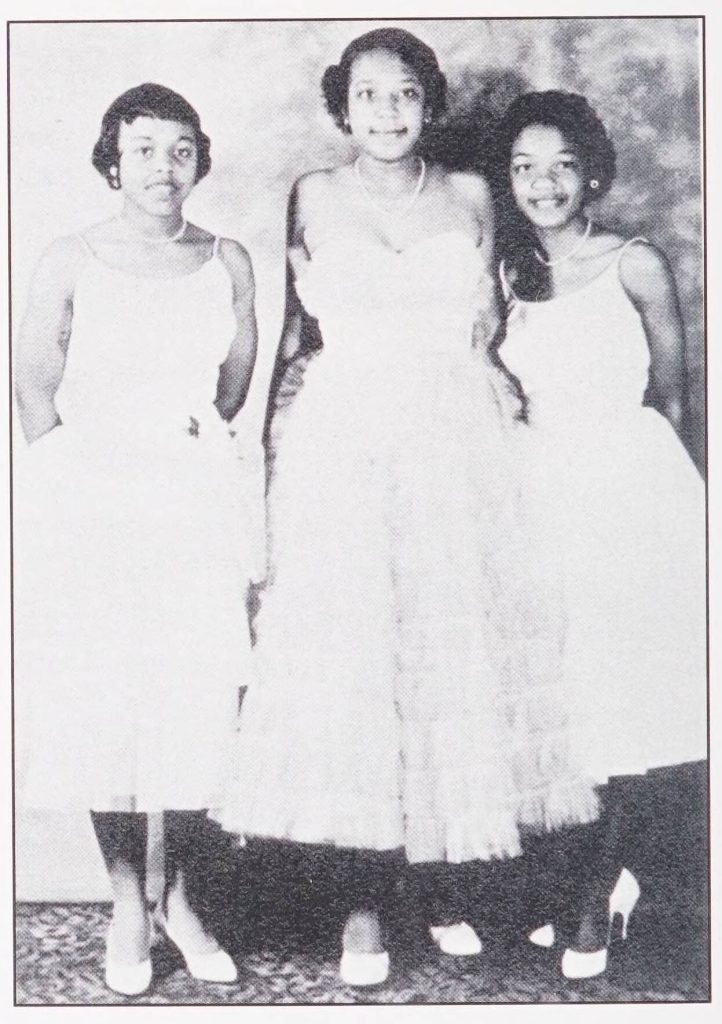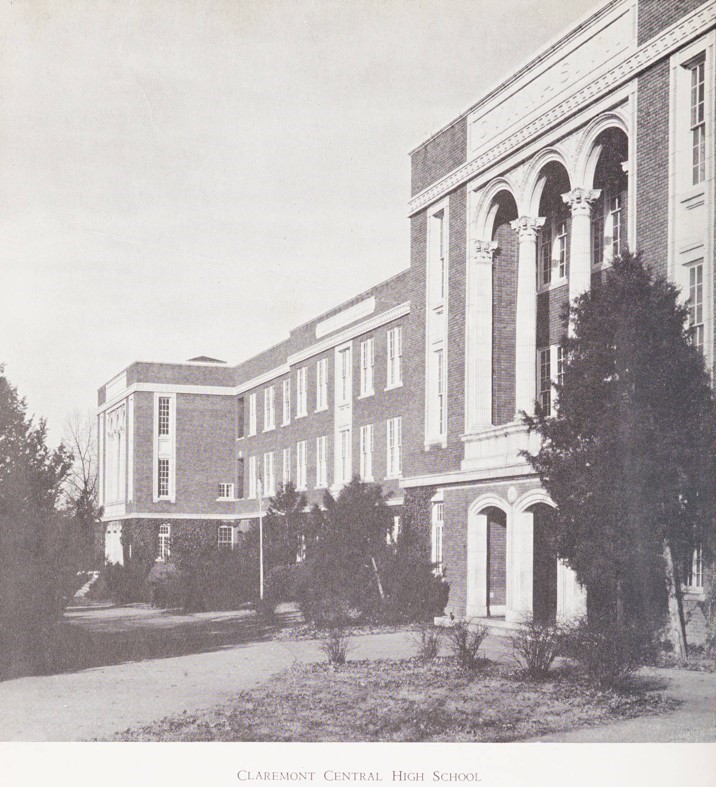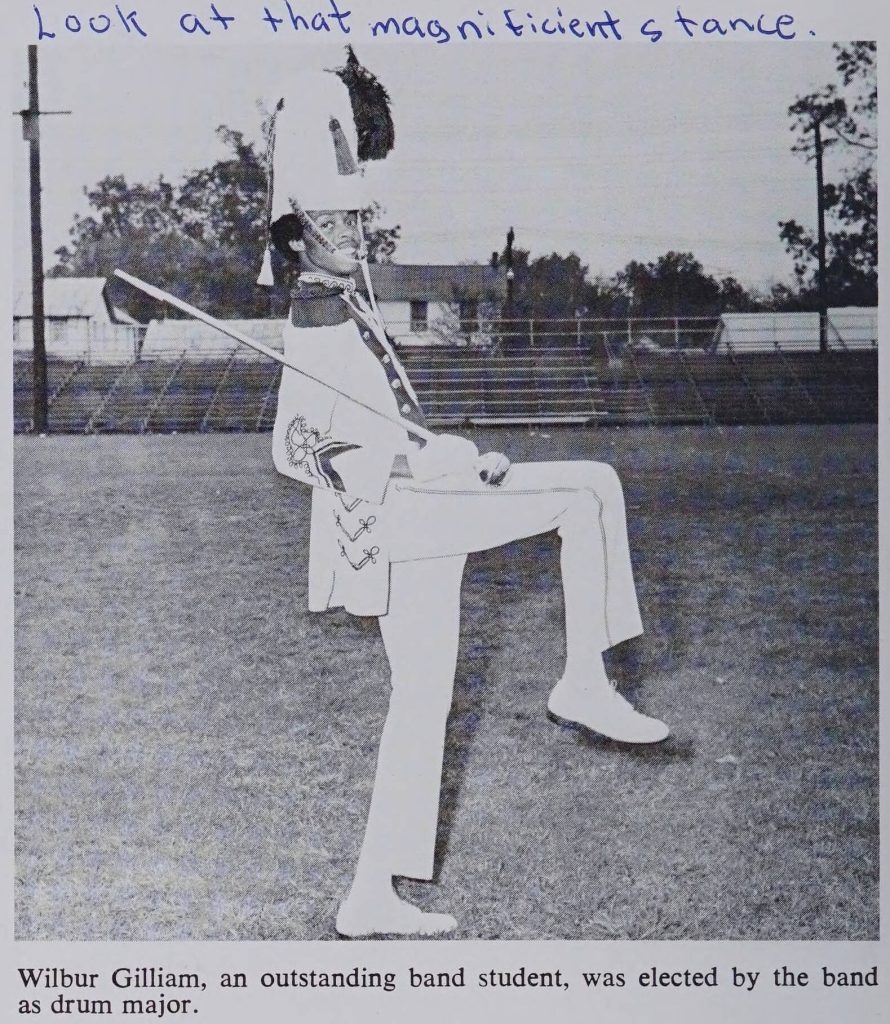With the help of our partners at Transylvania County Library, we are excited to announce that new issues of the Olin News (Brevard, N.C) are now available on DigitalNC. Adding to our preexisting digital collection, which has issues from September 1967 to October 1979, this new batch includes 129 issues dating from November 1955 to July 1967.
Olin News was the publication of the Ecusta Paper Corporation, the first paper mill to manufacture cigarette papers in the United States. Located along the Davidson River in the Pisgah Forest, the Ecusta Paper Corporation was founded by Henry Straus in 1939 and became a major source of employment in Transylvania County. Before the company was sold to the Olin Mathieson Chemical Corporation in 1949, the first iteration of the Ecusta Paper Corporation’s newspaper called The Echo, was published in February of 1940. After acquiring the Pisgah Forest plant, the new ownership maintained the tradition of publishing monthly newspapers for its employees with the Olin News.
Factory newspapers like the Olin News are often overlooked, yet uniquely rich resources for community news. Alongside the growth of the Ecusta Paper Mill, Olin News records the history of the Brevard, N.C. community that is inseparably connected with the successes, challenges, and life history of its local mill. The Ecusta Paper Mill brought families to Brevard and supported generations of residents as a major employer in the area. The mill’s monthly publication included the recurring section “Look Who’s Here,” which welcomed the arrival of Brevard’s newest residents who were born to families employed by the company. The company awarded scholarships to local students and announced the achievements of its employee’s children. Additionally, the newspaper routinely published an opinion section, prompting employees across different departments to share their thoughts on specific questions like “When you have a bad day, what do you do to get it off your mind?” and “Who has the hardest job, the housewife or the breadwinner?“.
The Ecusta Paper Corporation also ran Camp Straus, a company park named after its founder. The company park was open to employees and their families, as well as local community groups for special events. Amenities included swimming and fishing areas, a central lodge, a small golf course, and outdoor sports courts. Community members from Brevard gathered here for events like the annual company picnic, seasonal youth and adult sports leagues, community swimming and sports lessons, and simply just beat the summer heat. A favorite spot for many, the activities of Camp Straus are extensively chronicled throughout issues of Olin News. While the site of Camp Straus has been mostly demolished and repurposed as a housing development, pictures of the lodge and a sketch of the park’s original layout can be found on DigitalNC here.
Although the sun might have set on Camp Straus and the Ecusta Paper Mill, which closed operations in 2002, the long history of the company and its tight-knit community continue to live on through resources like DigitalNC’s collection of the Olin News and photographic collections from the Transylvania County Library. For DigitalNC visitors with family ties to Brevard or the Ecusta Paper Mill, or visitors simply interested in learning more about the community members of this factory town, DigitalNC allows users to easily find material related to specific individuals through our searchable text technology. Visitors can access this feature to search across issues of the Olin News by using the “Keyword(s)” search bar found here, and can learn more about this technology from a blog post found here.
DigitalNC also has more 20th-century company newspapers available to browse, including the titles featured below:
Visitors can view more issues of the Olin News here.
More information about our partner, Transylvania County Library, can be found here.
More materials, including scrapbooks, yearbooks, photographs, maps, and six other newspaper titles can be found on Transylvania County Library’s contributor page linked here.
Visitors can browse Transylvania: The Architectural History of a Mountain County, a digital exhibit featuring a curated selection of items from our partner here.

